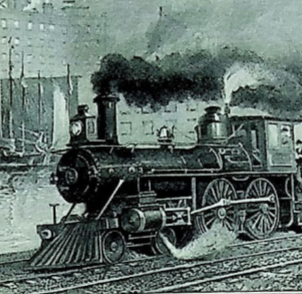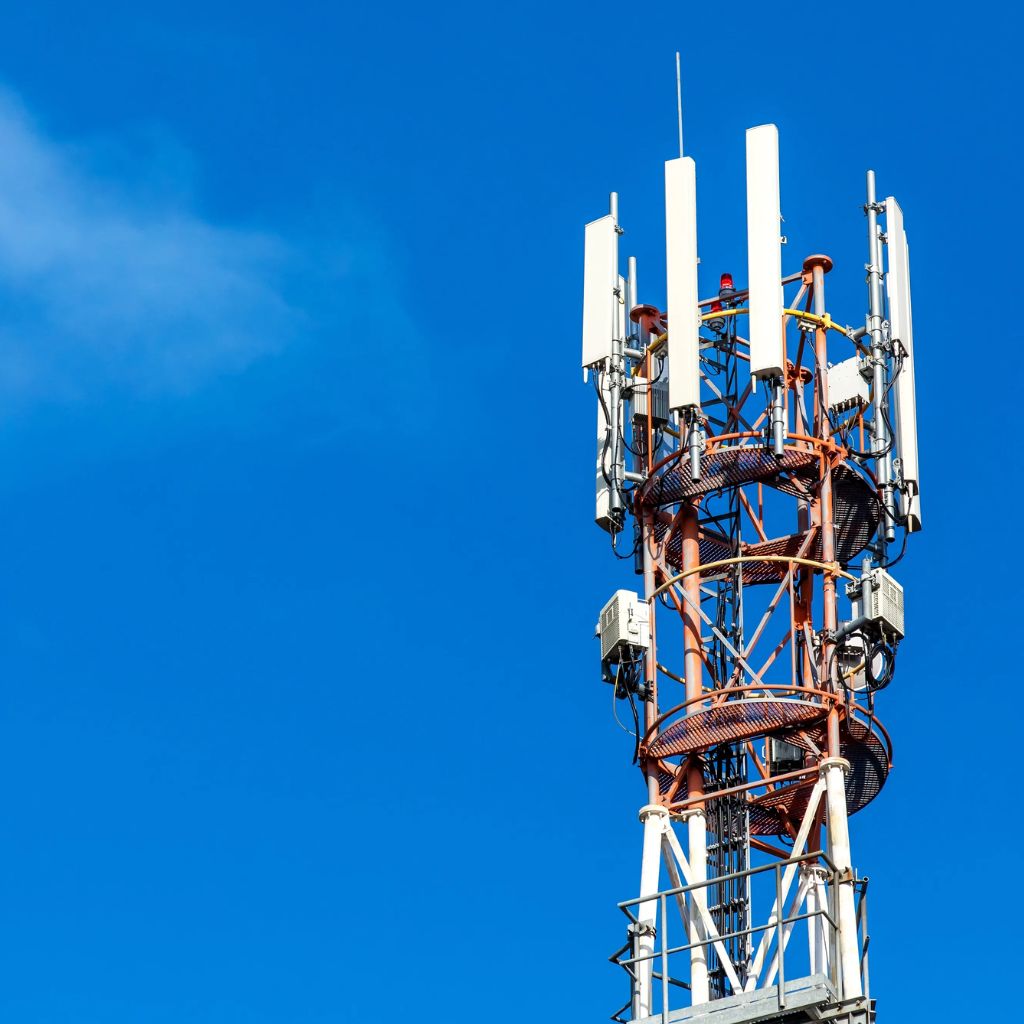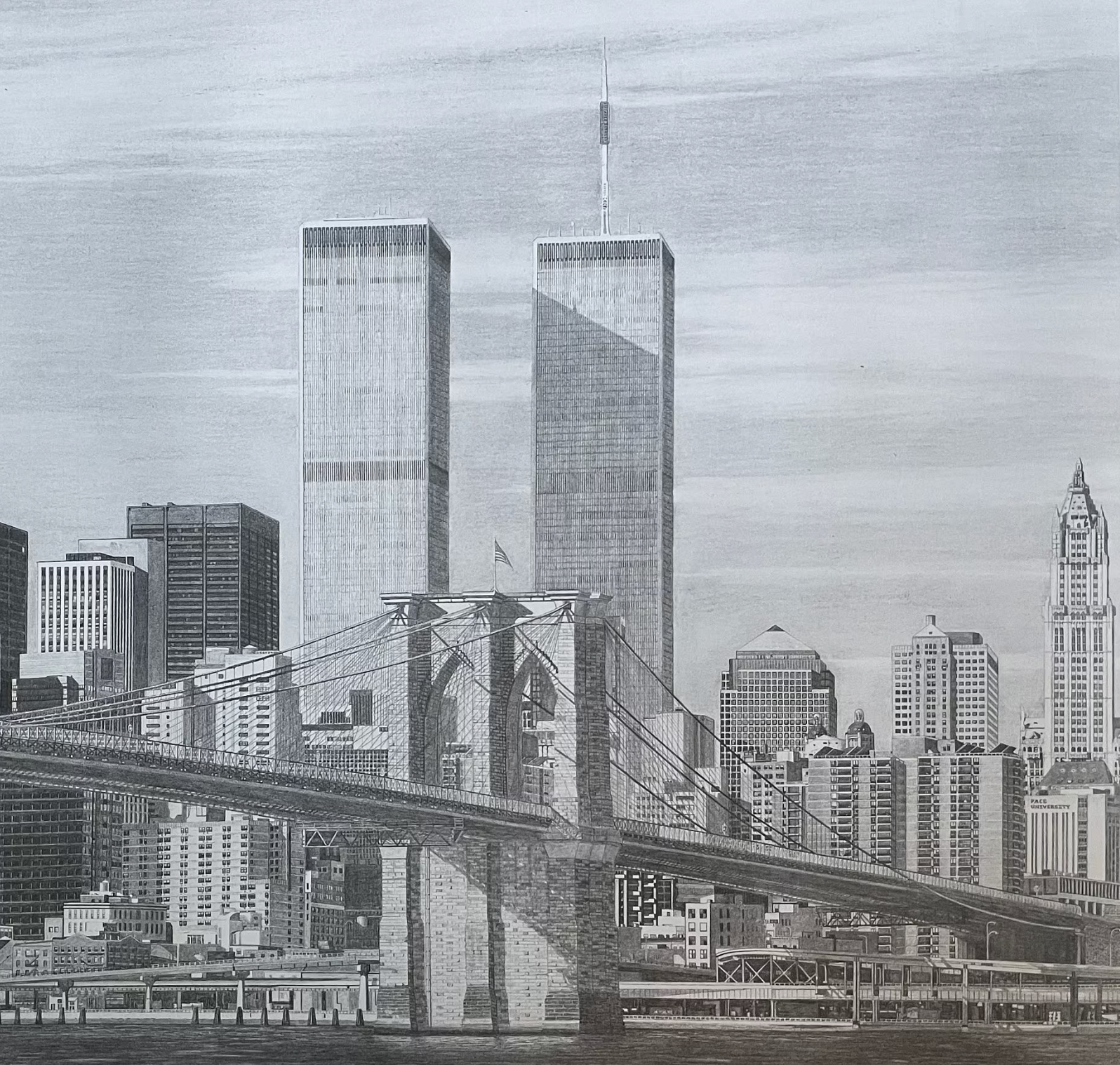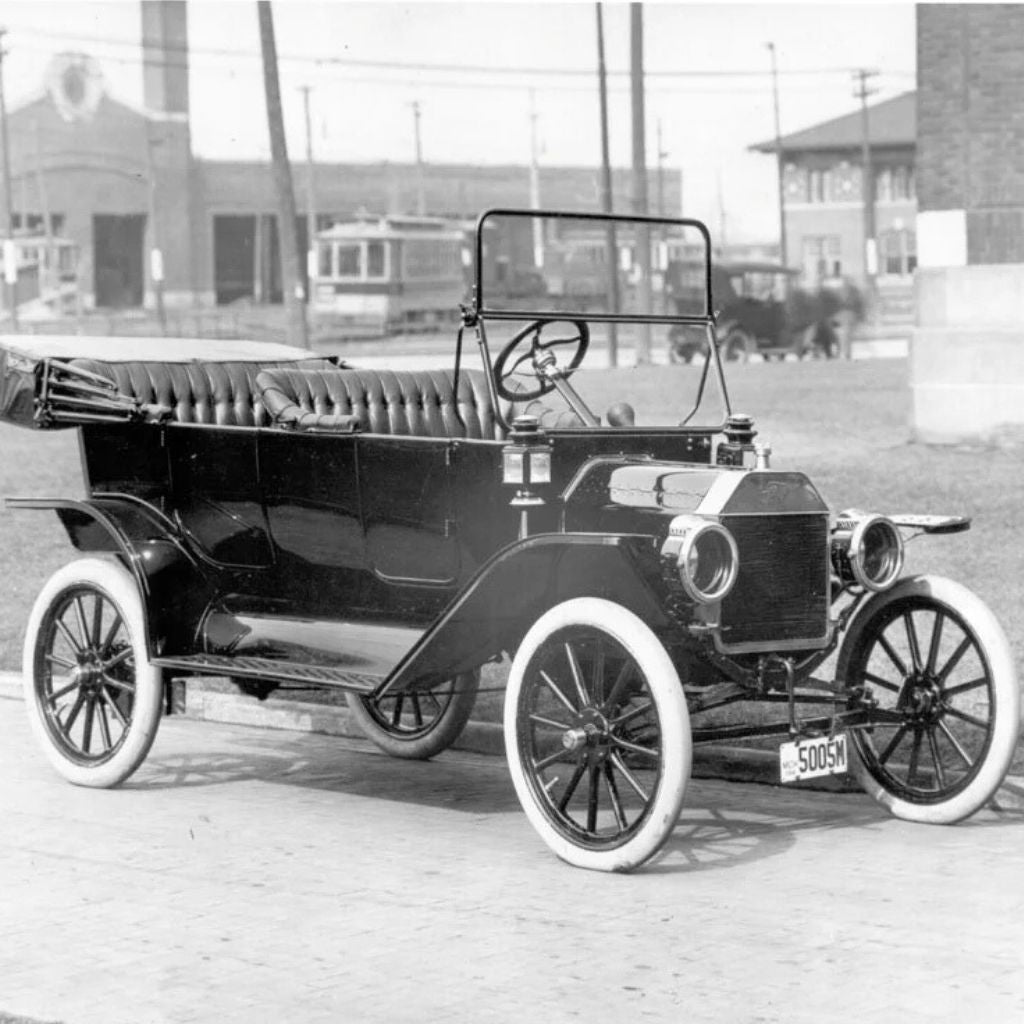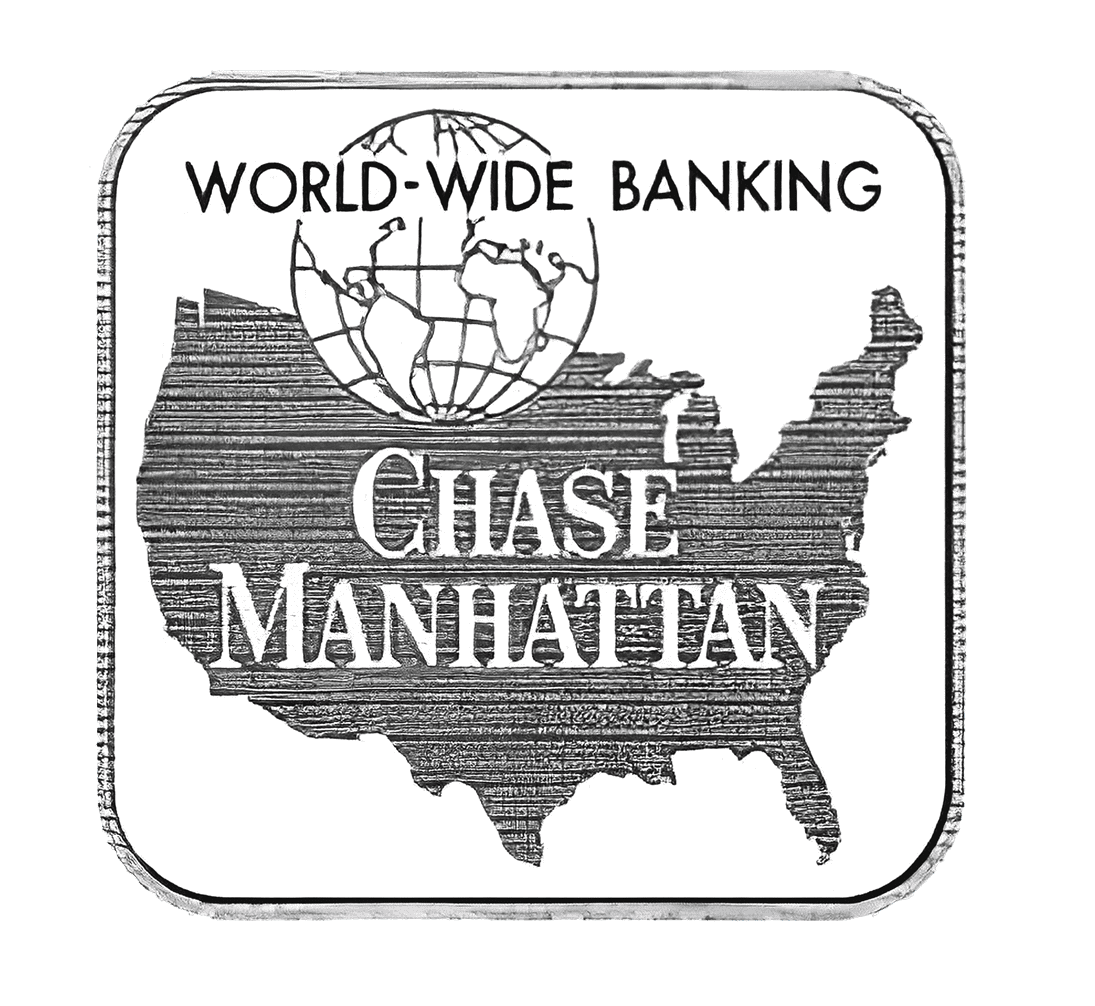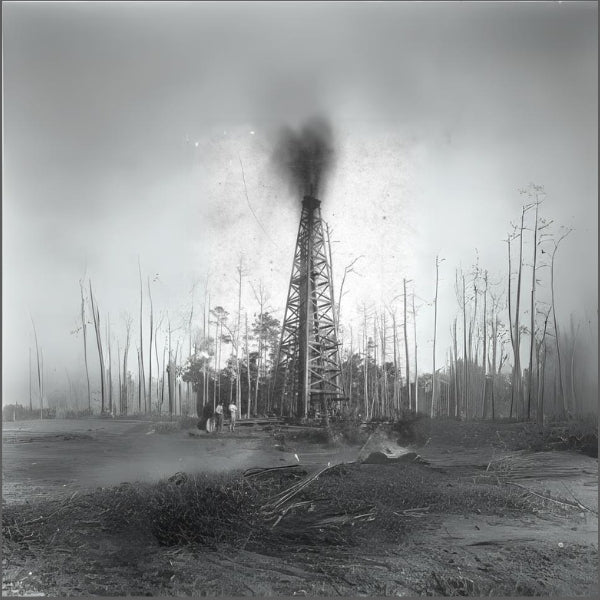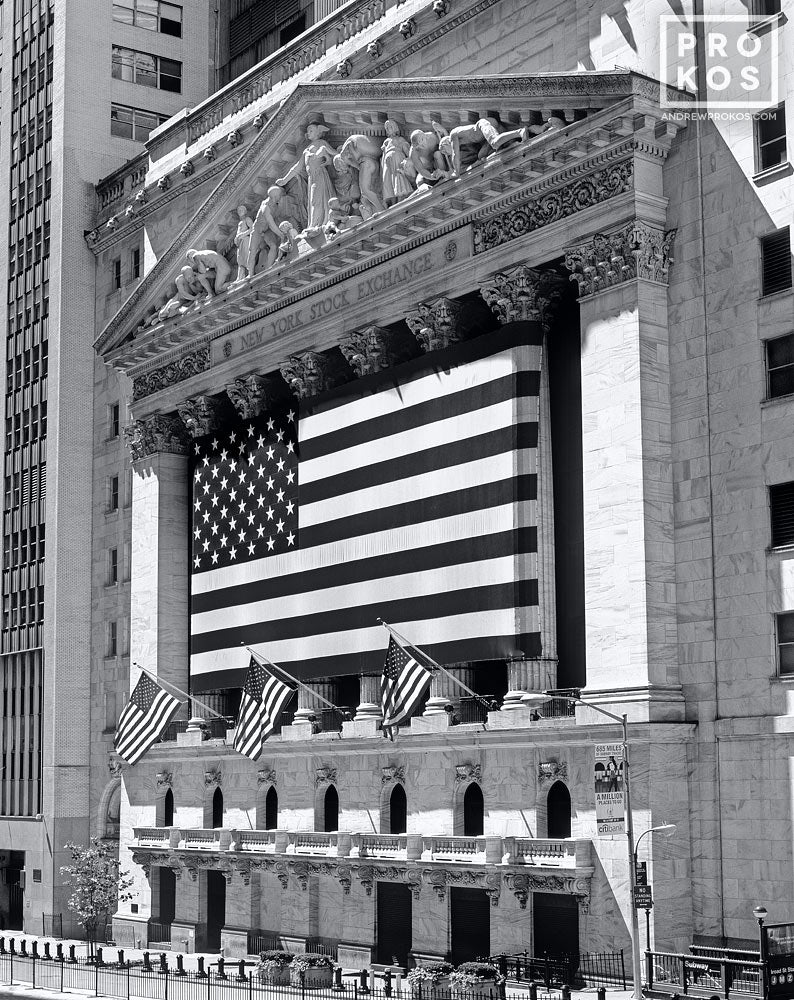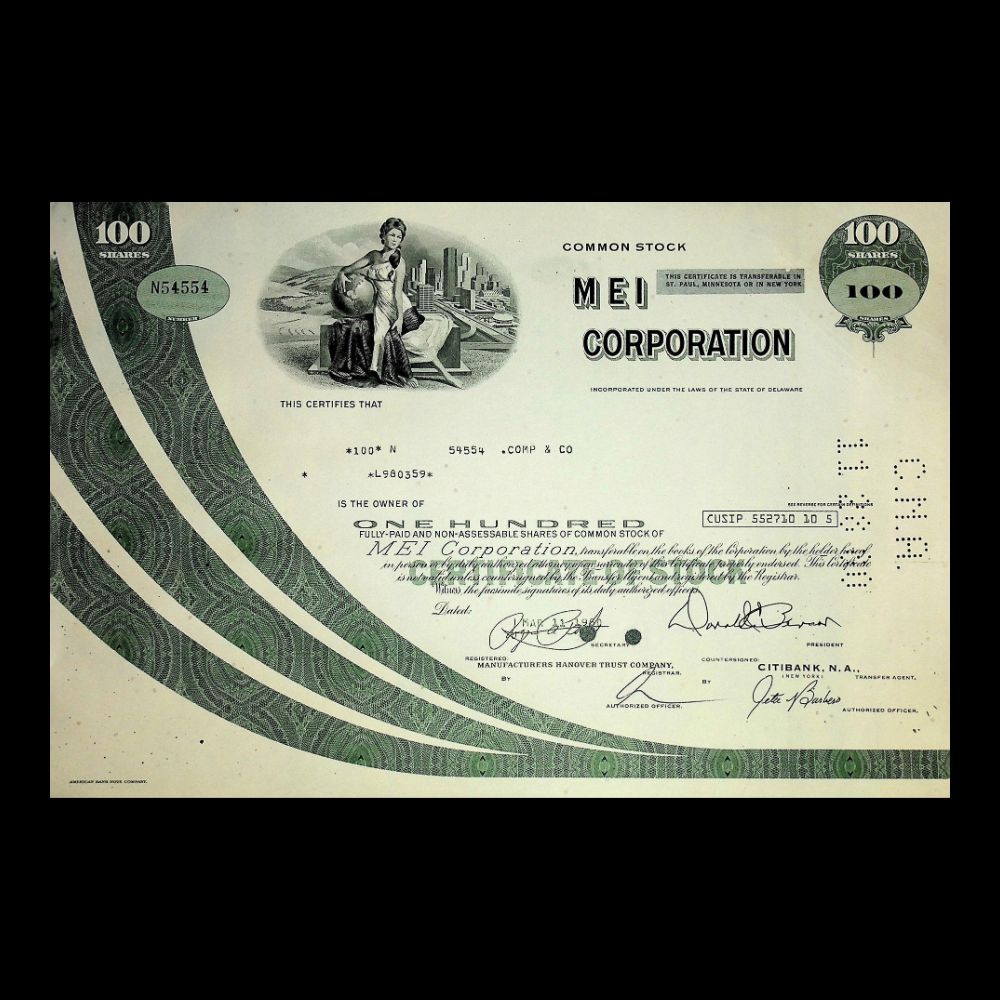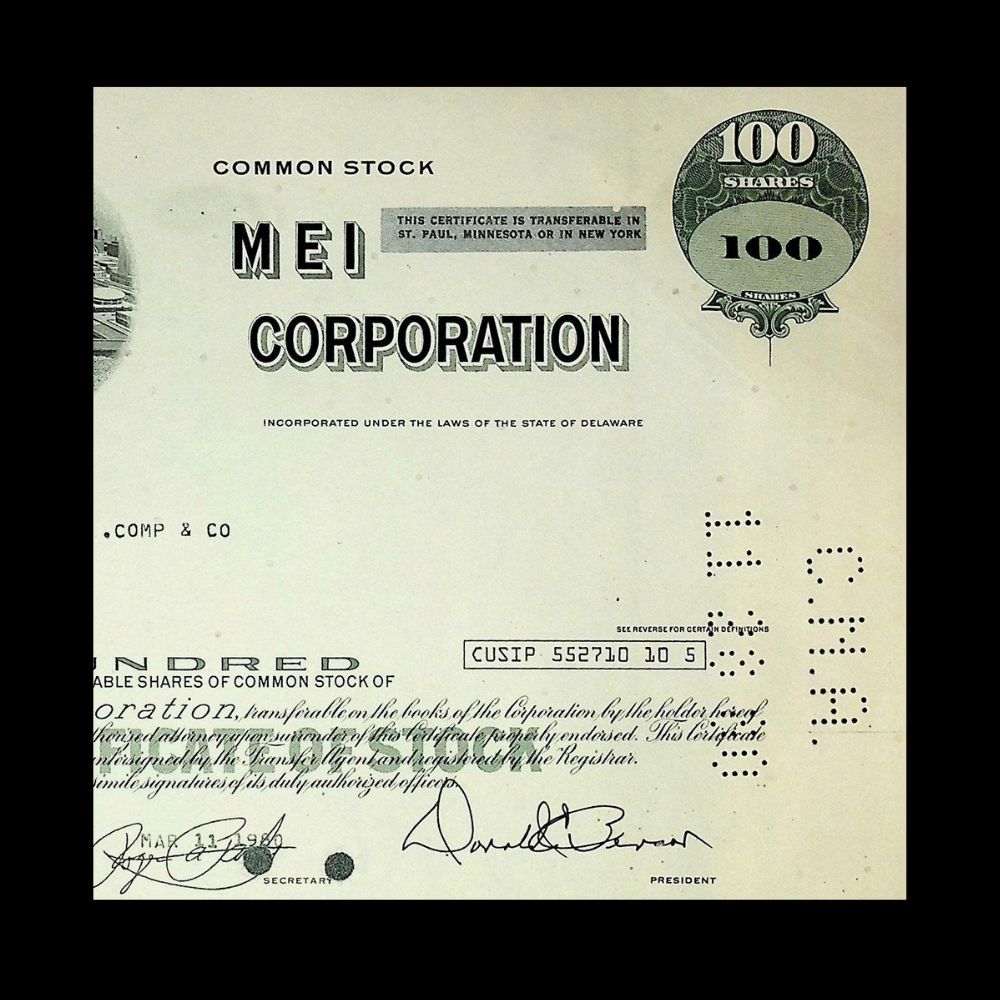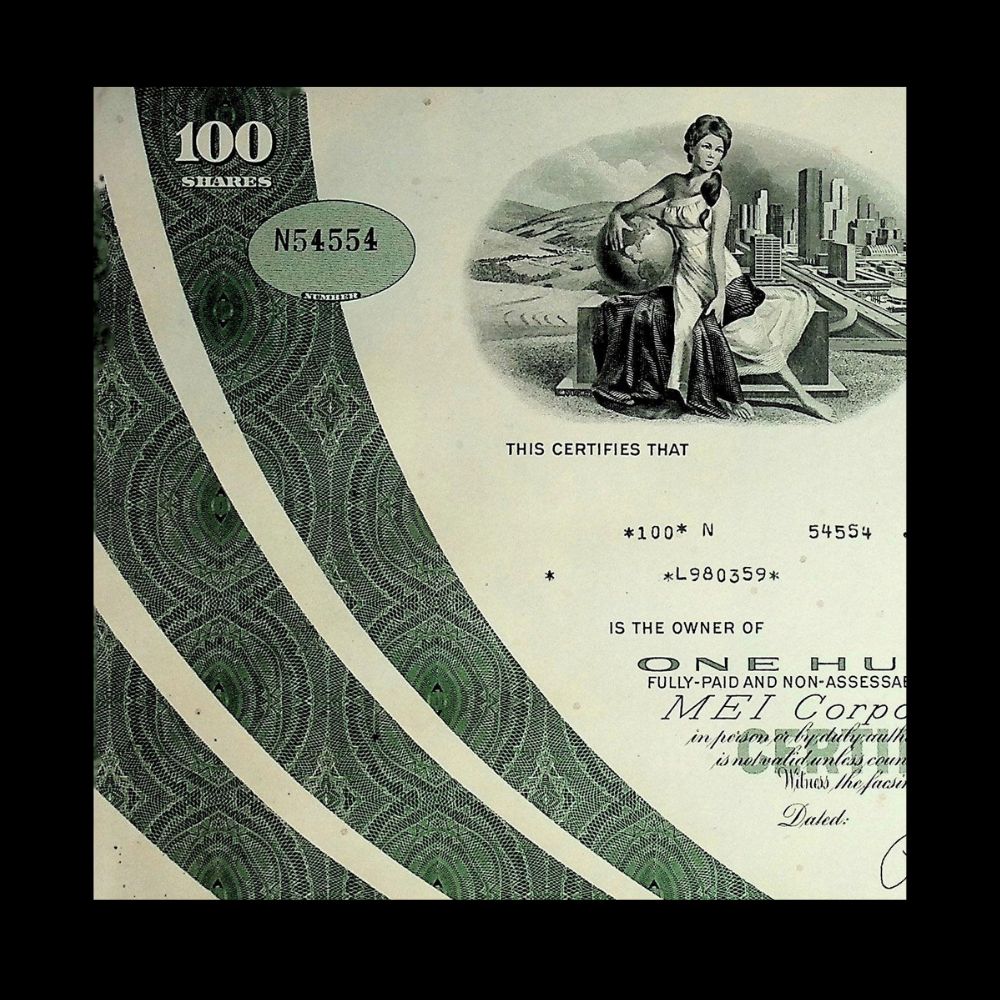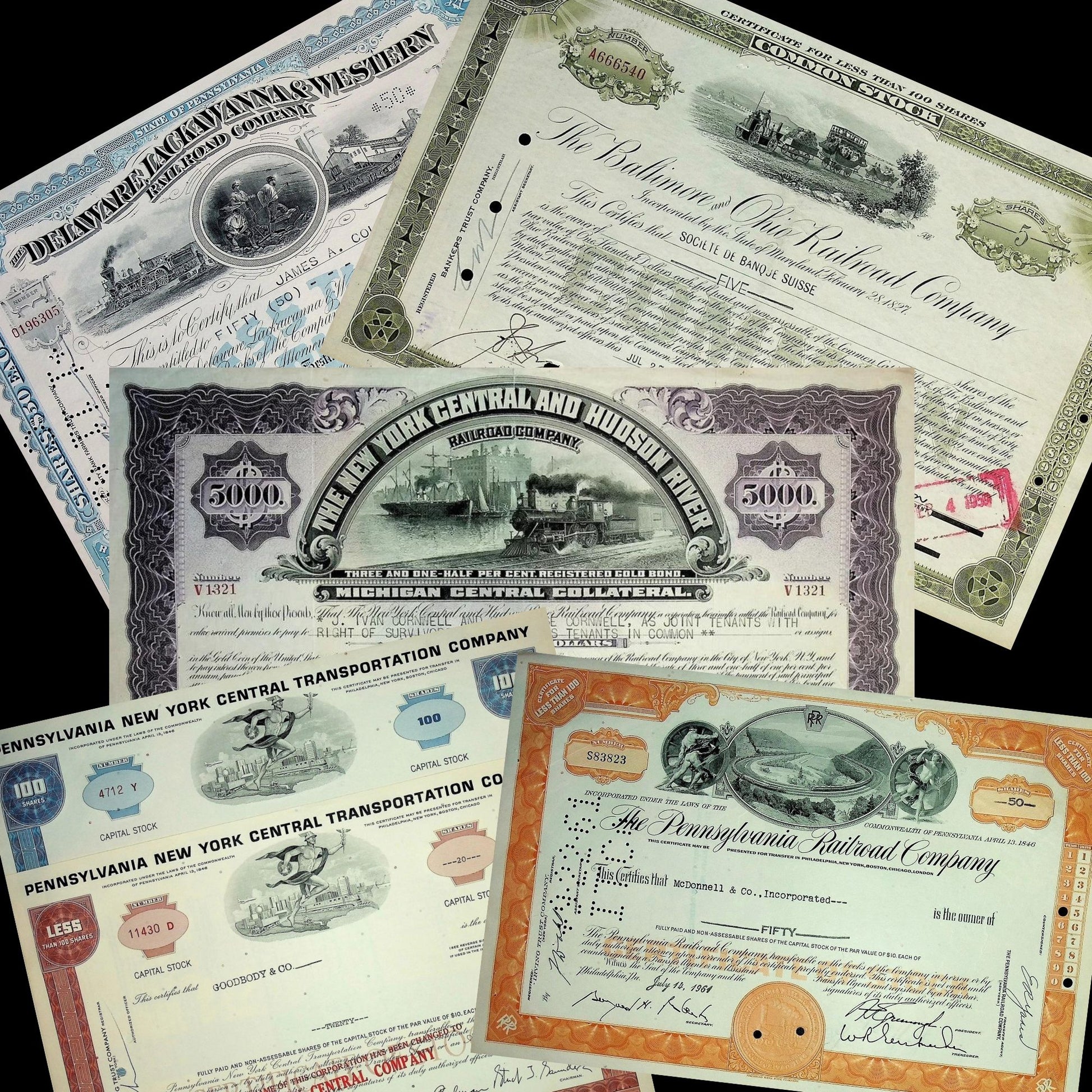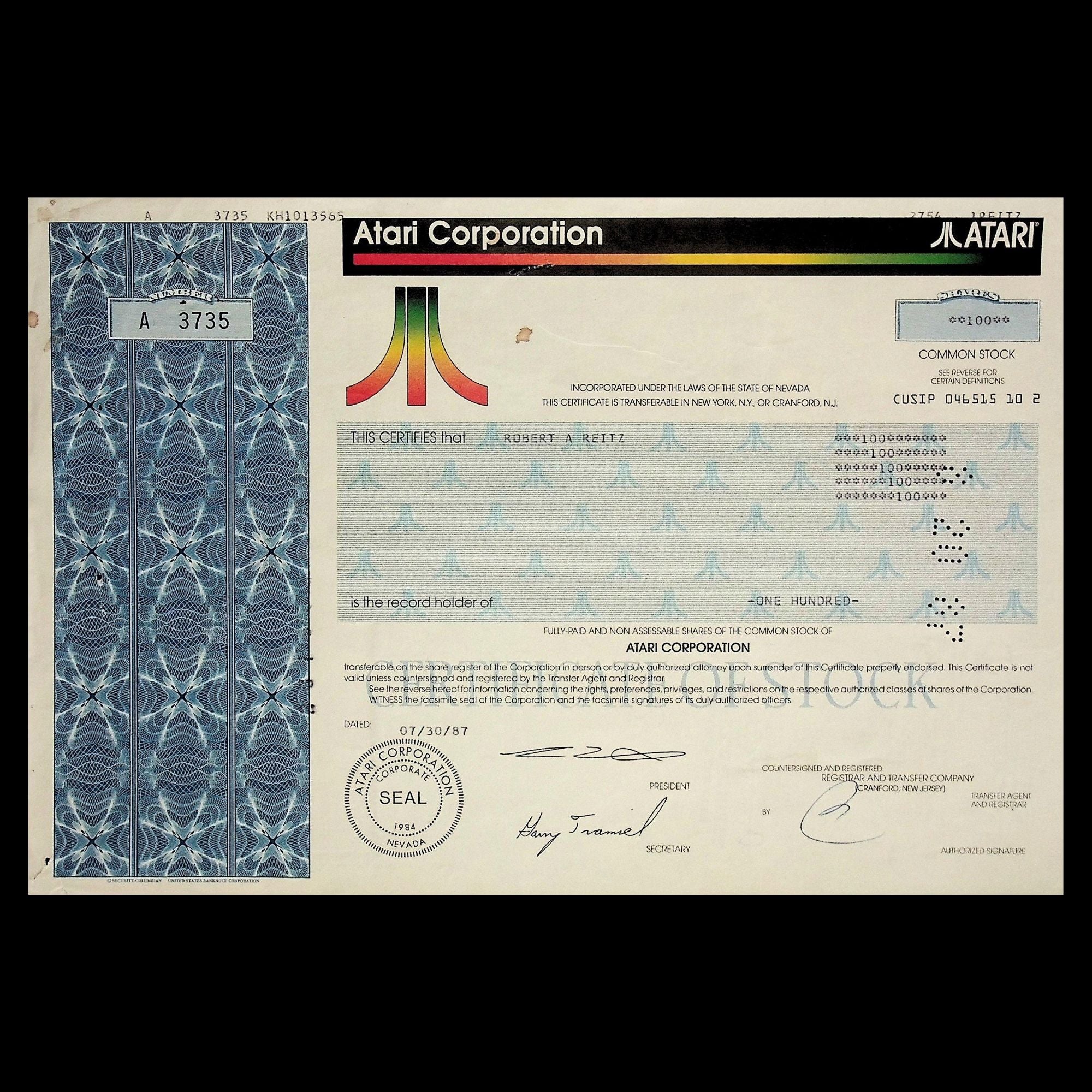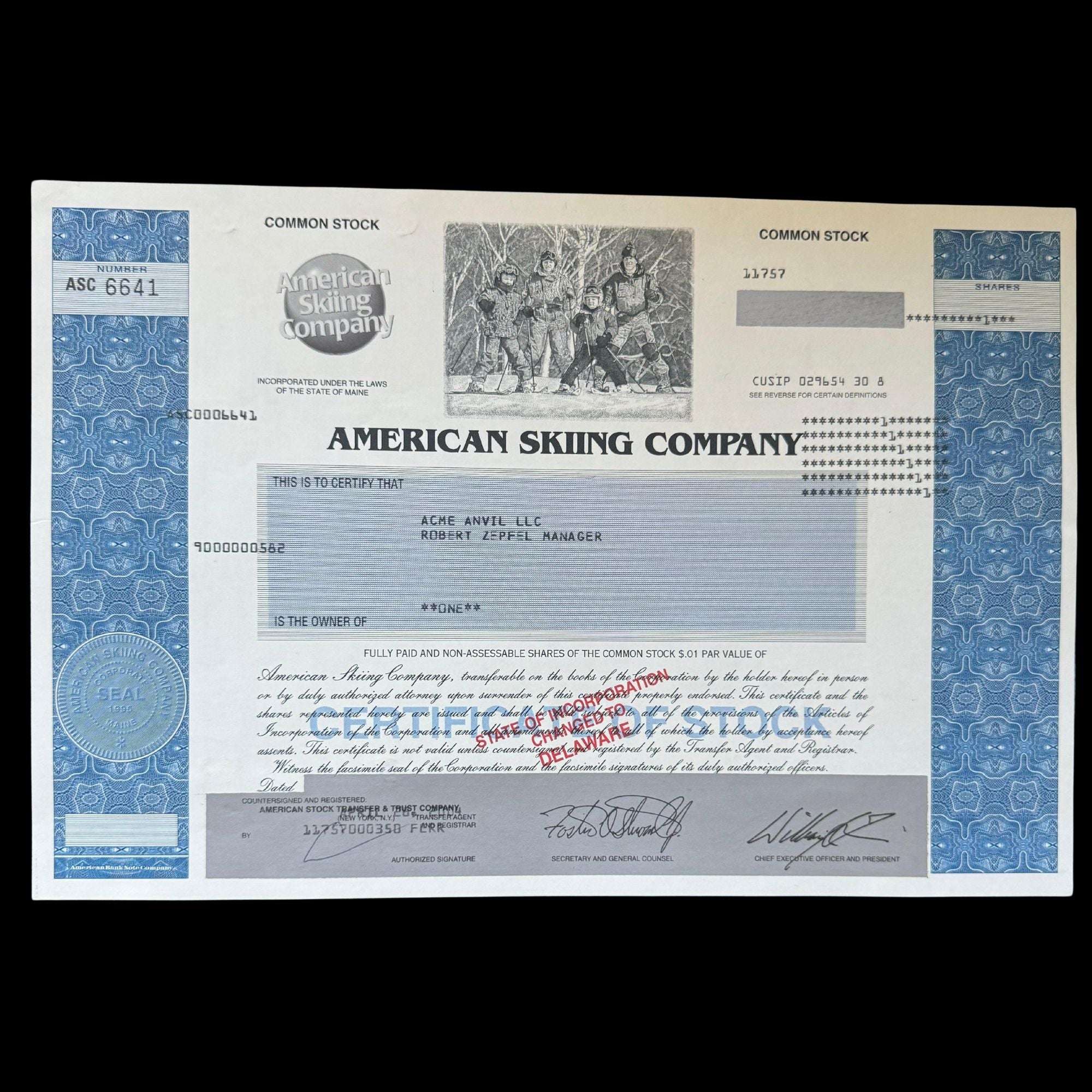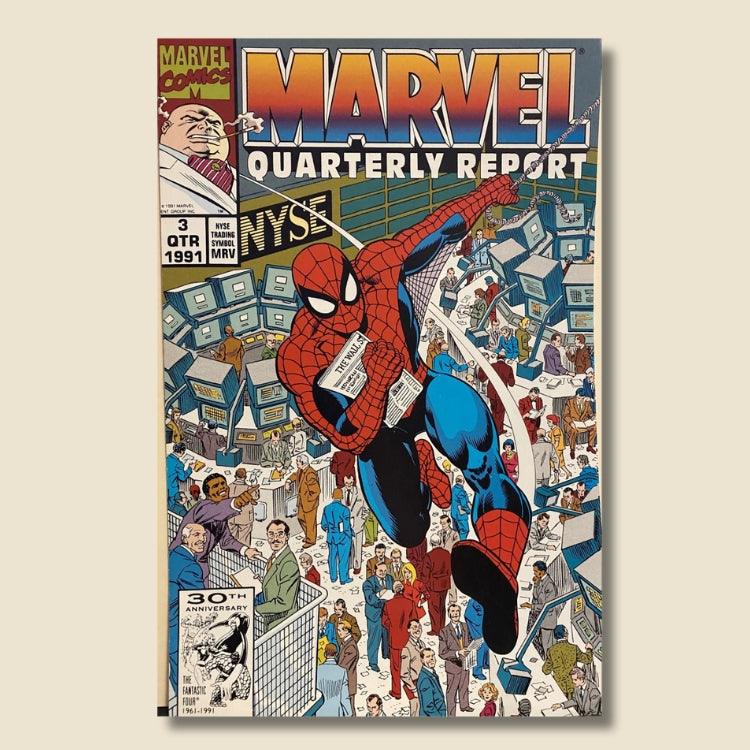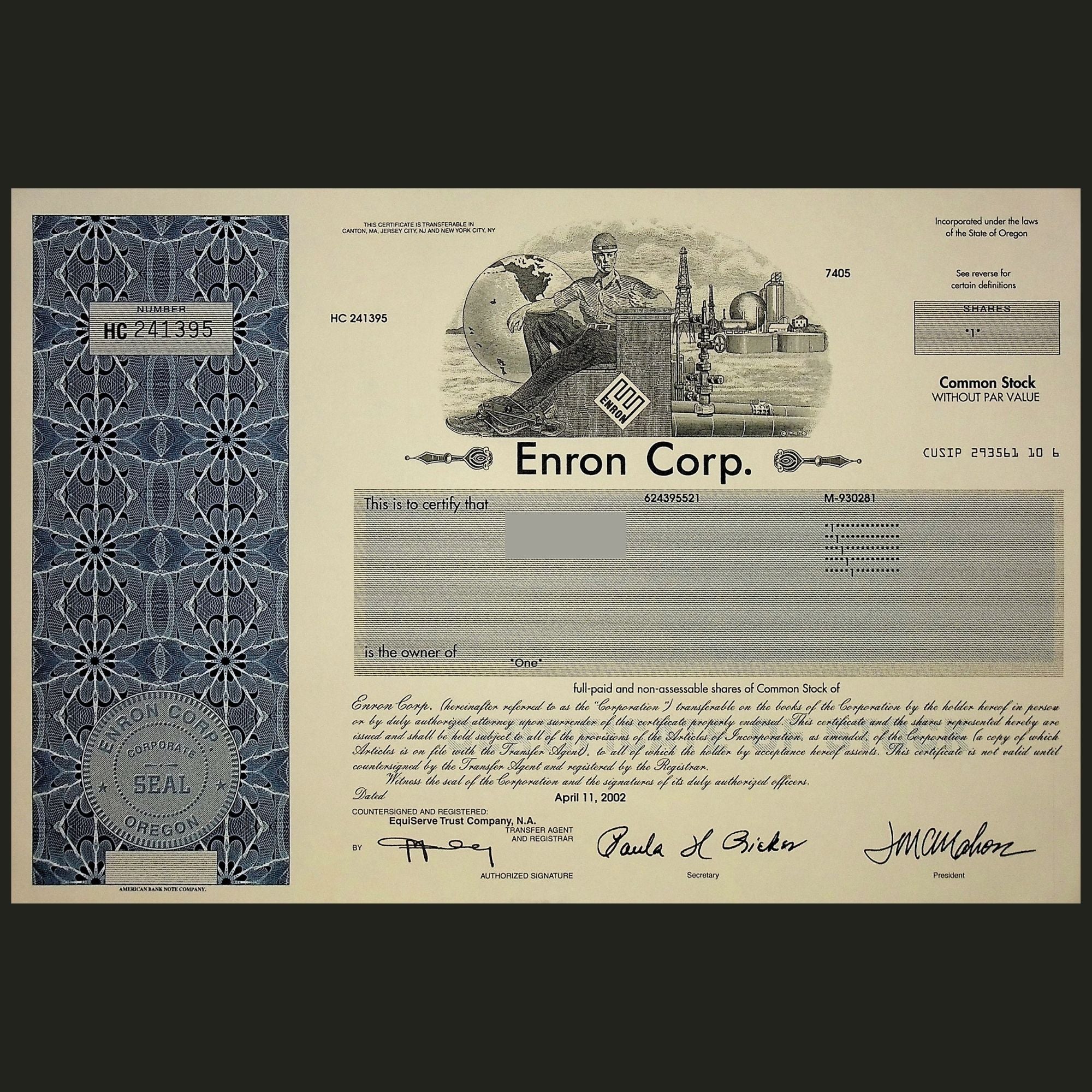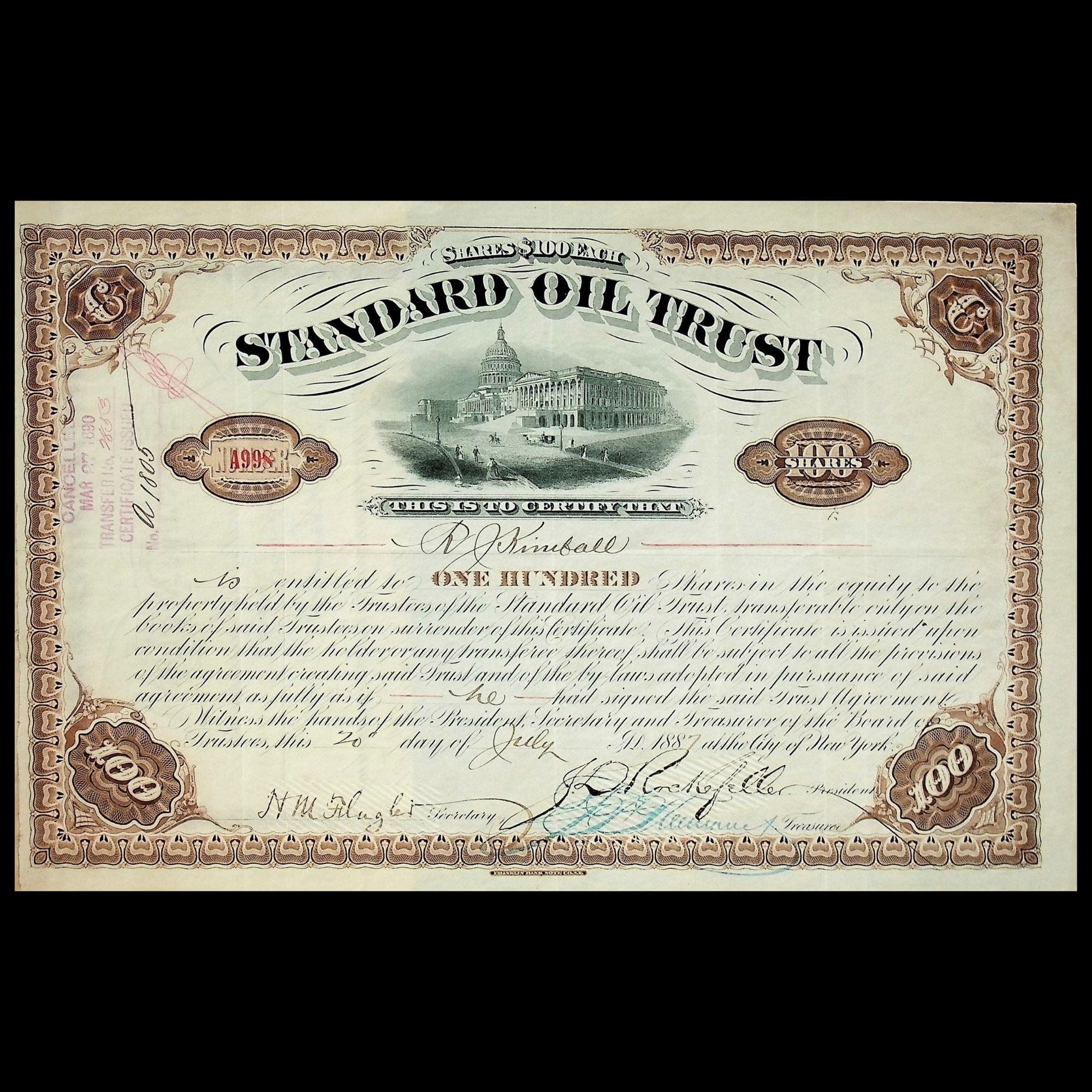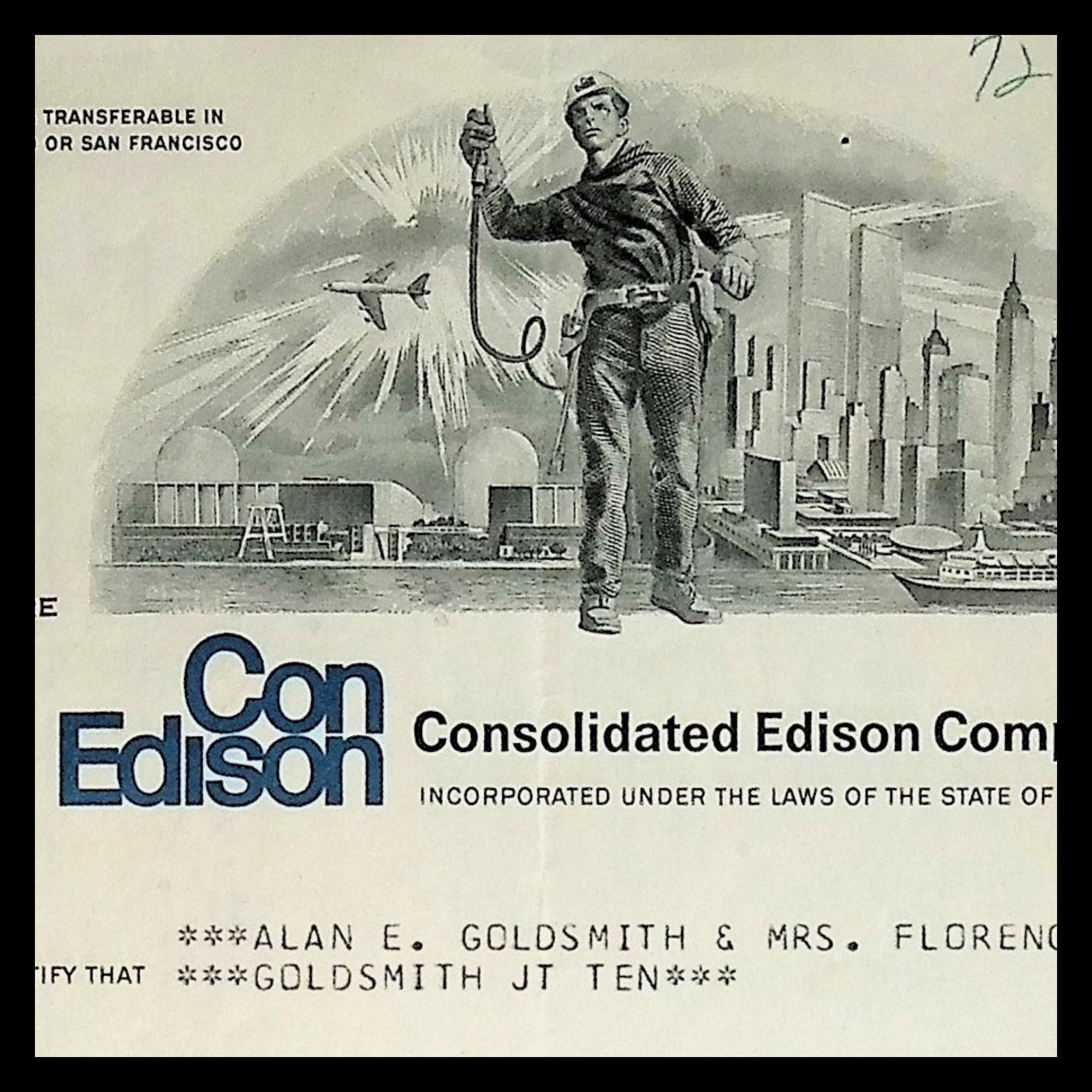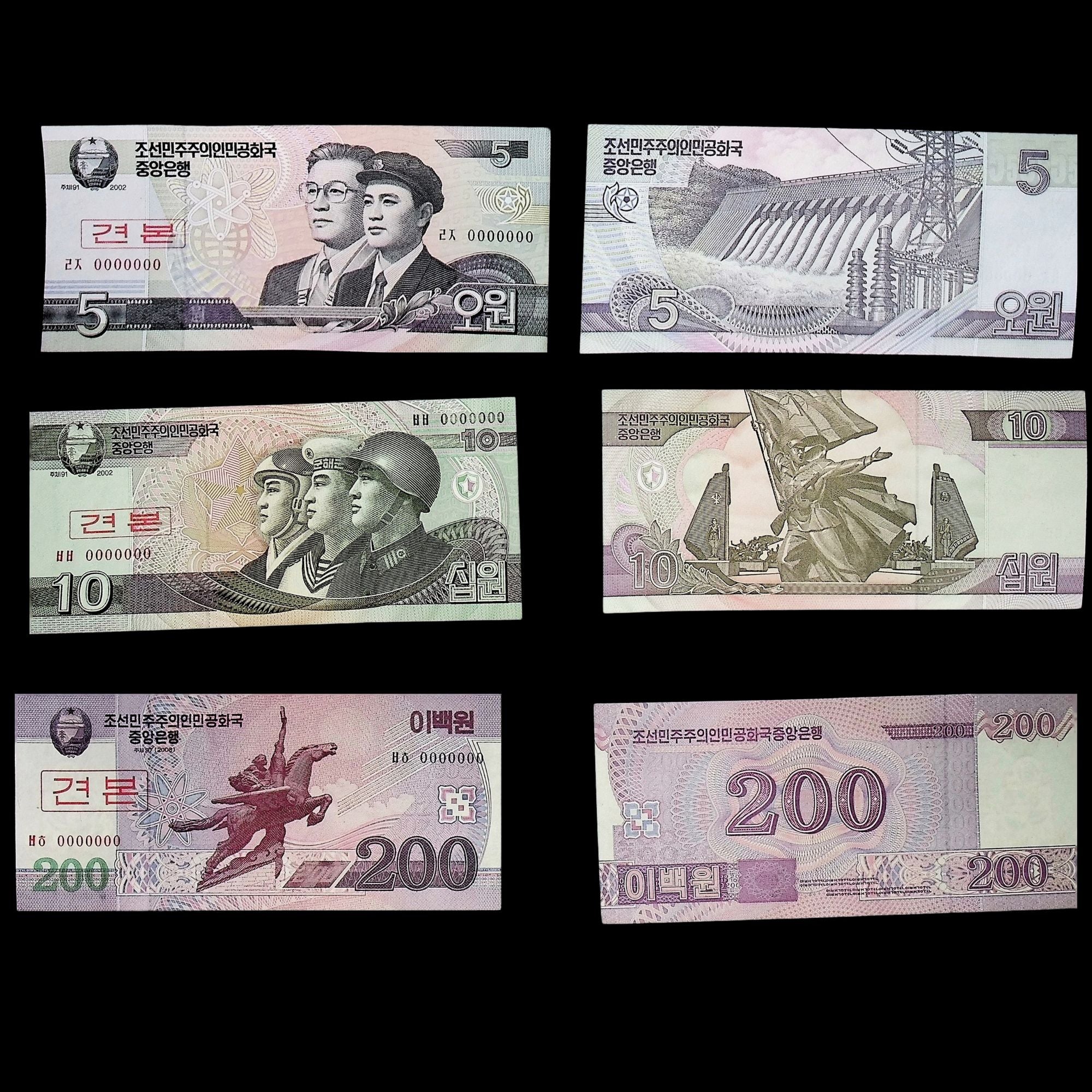MEI Corporation Stock Certificate from 1980s (Twin City Rapid Transit)
MEI Corporation Stock Certificate from 1980s (Twin City Rapid Transit)
Couldn't load pickup availability
Are the certificates authentic?
Are the certificates authentic?
Yes, all of the certificates we sell are authentic stock and bond certificates unless otherwise mentioned in the description. At one point in time, this certificate represented a share of of the company, or a bond receipt. These certificates have been removed from circulation and digitalized, as seen by cancellation holes, stamps and writing on the certificate. We offer these certificates as a collectable item, not a security.
This is a green stock certificate from MEI Corporation, issued in 1980s, features cancellation holes, stamps, and handwritten annotations, indicating its authenticity and historical use.
The Twin City Rapid Transit Company (TCRT) operated the streetcar and local bus common carrier system in the Minneapolis-St. Paul metropolitan area from the 1890s until 1970. For many years, the TCRT corporate umbrella included four operating subsidiaries which functioned as a unified transportation system: Minneapolis Street Railway Company, the St. Paul City Railway Company, Minneapolis & St. Paul Suburban Railroad Company, and the Twin City Motor Bus Company. Other TCRT subsidiaries included the Minnetonka and White Bear Navigation Company, Rapid Transit Real Estate Corporation, and the Transit Supply Company.
The Minneapolis Street Railway Company (MSR) and the St. Paul City Railway Company (SPCR) began continuous service in the 1870s as horsecar carriers. In 1886, the two properties began to operate under a single group of owners when Minneapolis businessman Thomas Lowry and his associates gained control of both. Electrification of the horsecar lines began in Minneapolis in 1889 and in St. Paul in 1890.
The Twin City Rapid Transit Company (a New Jersey corporation) was incorporated in 1891 as a holding company, with the MSR and the SPCR as wholly-owned operating subsidiaries. TCRT was succeeded in 1939 by a new Minnesota corporation of the same name. A management change in 1949 brought New York financier Charles Green to the presidency of the Twin City Rapid Transit Company. Green and his associates decided to abandon the streetcar lines and convert to buses as quickly as possible, apparently in order to maximize their short-term profit. The company's entire streetcar fleet was scrapped and replaced by buses in an aggressive conversion plan completed in 1954 under TCRT president Fred A. Ossanna, a former associate of Green's who managed to oust him in 1951. Ossanna and four of his associates were convicted in 1960 of defrauding the TCRT of company assets, including scrap metal and real estate, during the conversion.
Twin City Rapid Transit Company changed its name in 1962 to Minnesota Enterprises Incorporated, and in 1970 this firm became MEI Corporation. MEI left the transit business in 1970 with the takeover of its Twin City Lines subsidiary by the Twin Cities Area Metropolitan Transit Commission, an agency created by the Minnesota Legislature and charged with maintaining and improving public mass transit in the Twin Cities metropolitan area.
Materials and care
Materials and care
Here are some quick tips to preserve your certificate for decades to come.
Paper quality: Stock certificates were printed on a variety of certificate paper dating back to the mid 1800s. Most of these vintage collectable certificates have signs of used & wear , cancellation holes, pencil / pen writing, stamps, staples, adhesives, slight rips, missing coupons and other features.
Handling: Always handle the certificate with clean, dry hands or use cotton gloves to avoid transferring oils and dirt from your skin onto the paper.
Storage: Store the certificate in a cool, dry place away from direct sunlight, which can cause fading. Use acid-free folders or archival-quality plastic sleeves to protect it from moisture, dust, and physical damage.
Framing: If displaying the certificate, use a frame with UV-protective glass to prevent light damage. Ensure the certificate is mounted using acid-free materials to avoid any chemical reactions that could degrade the paper over time.
Avoid Exposure: Keep the certificate away from direct sun, extreme temperatures and humidity, which can cause the paper to warp or deteriorate. Avoid exposing it to pollutants, such as smoke or chemicals, which can cause discoloration.
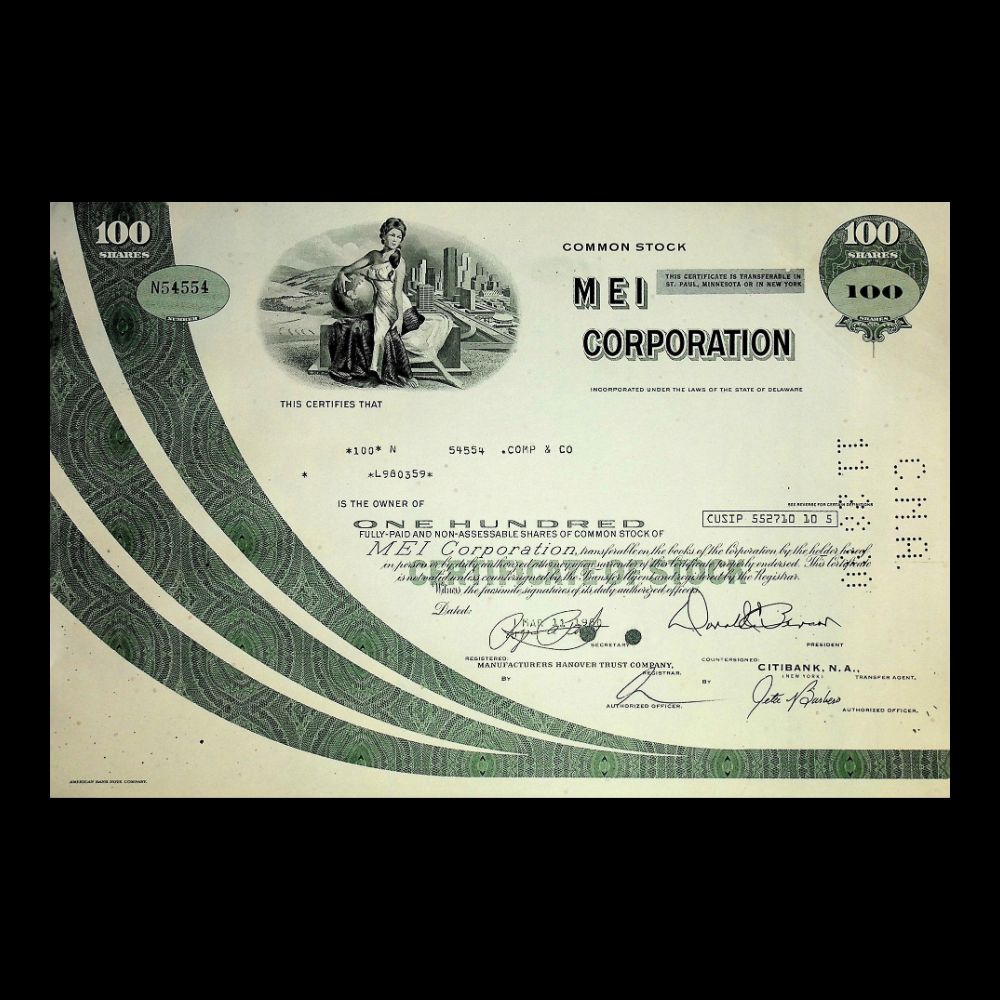
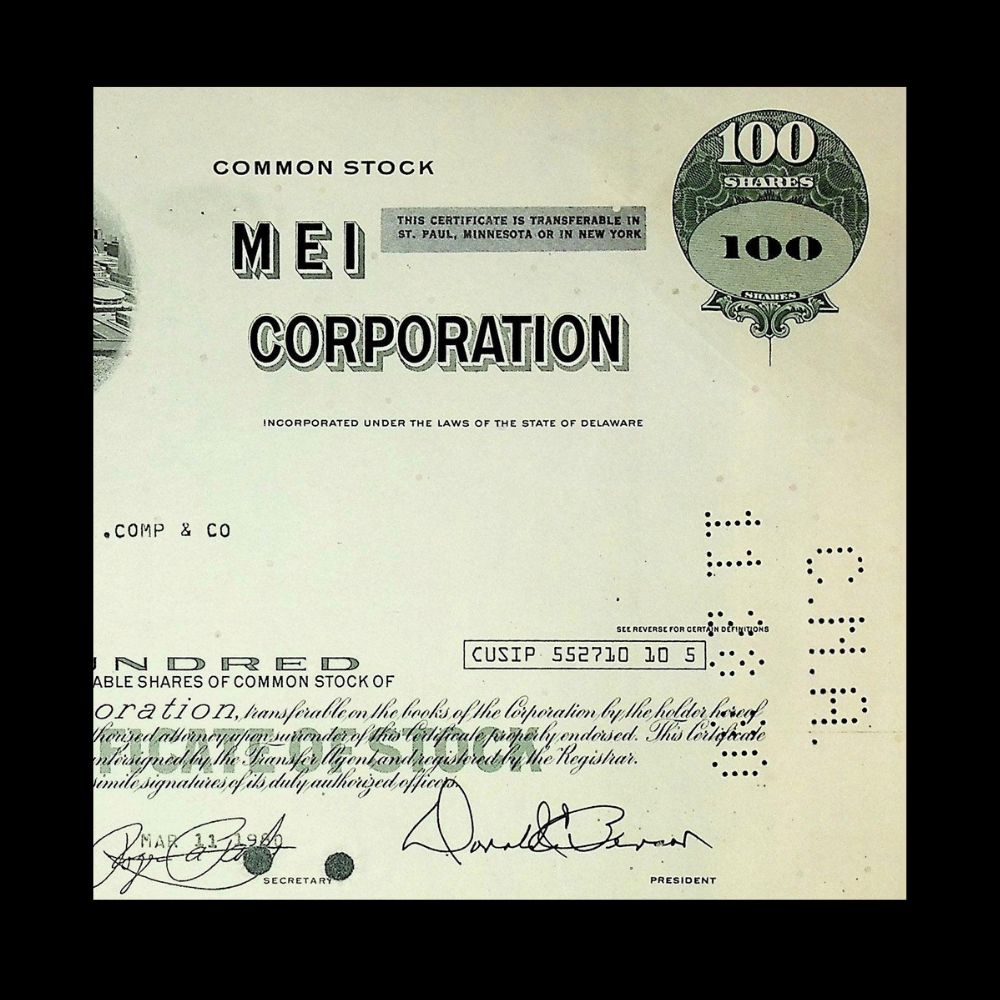
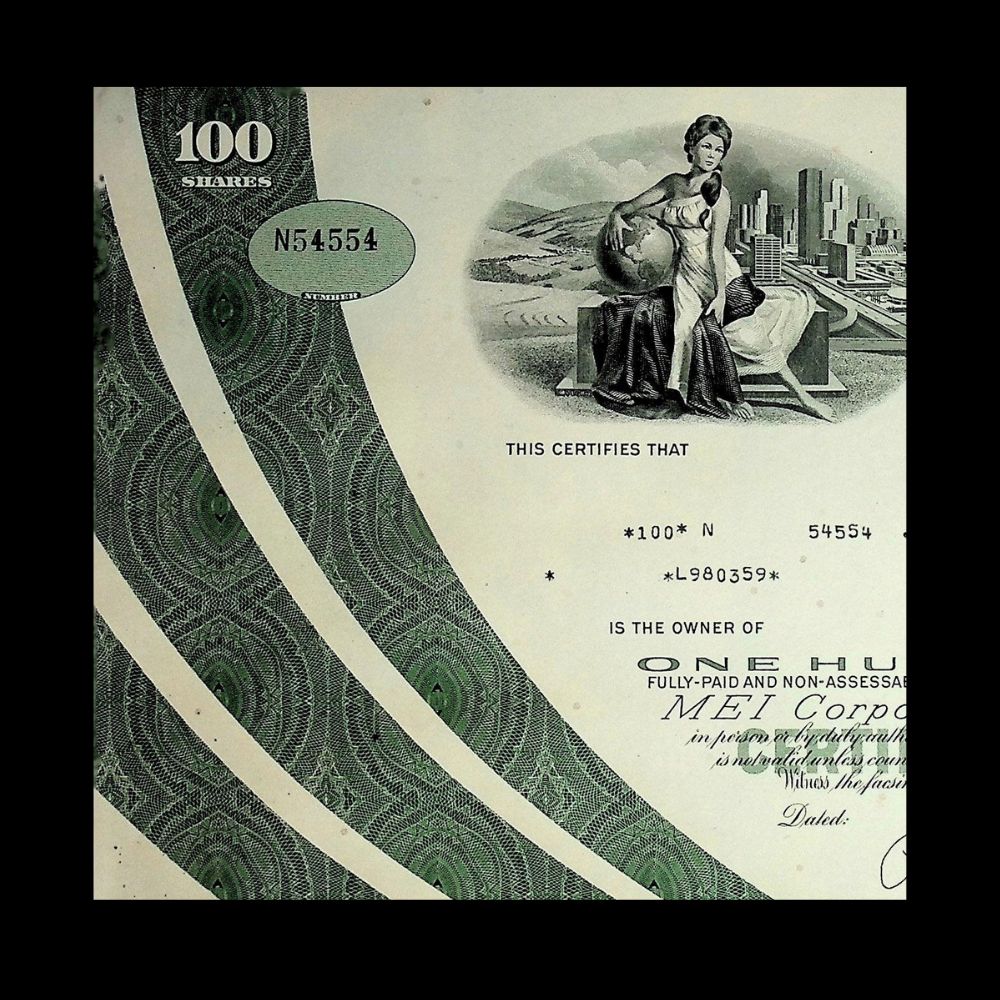
On orders over $30
Or your money back
Trust us to build their collection
Secure payment with all major providers
Trusted By Thousands of Collectors
Let customers speak for us
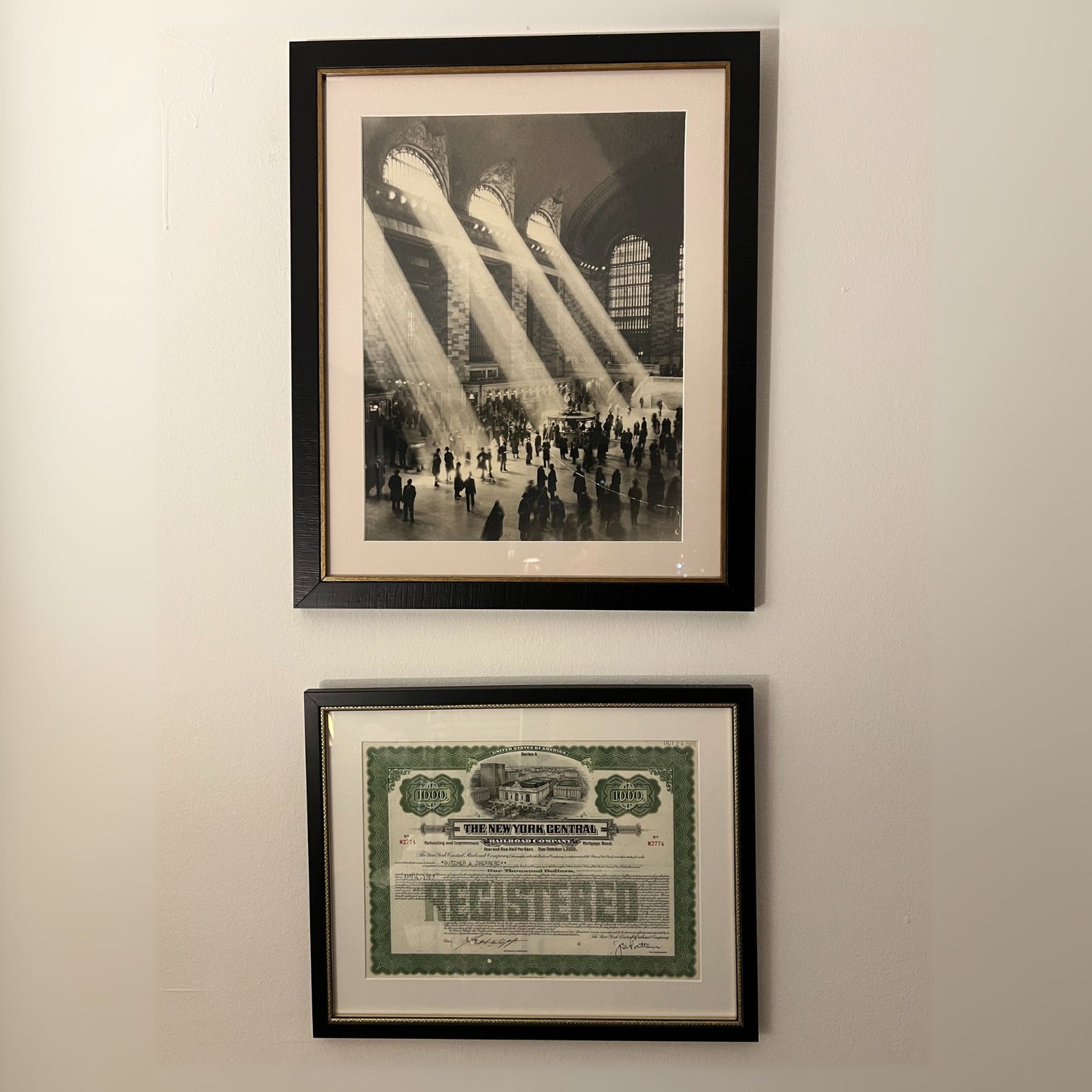
Art with a Backstory
Every Certificate Tells A Story
Turn rare stock and bond certificates into timeless décor. Piece showcases bold colors, engravings, and historic signatures perfect for an office, library, bar, common area, museum & more.
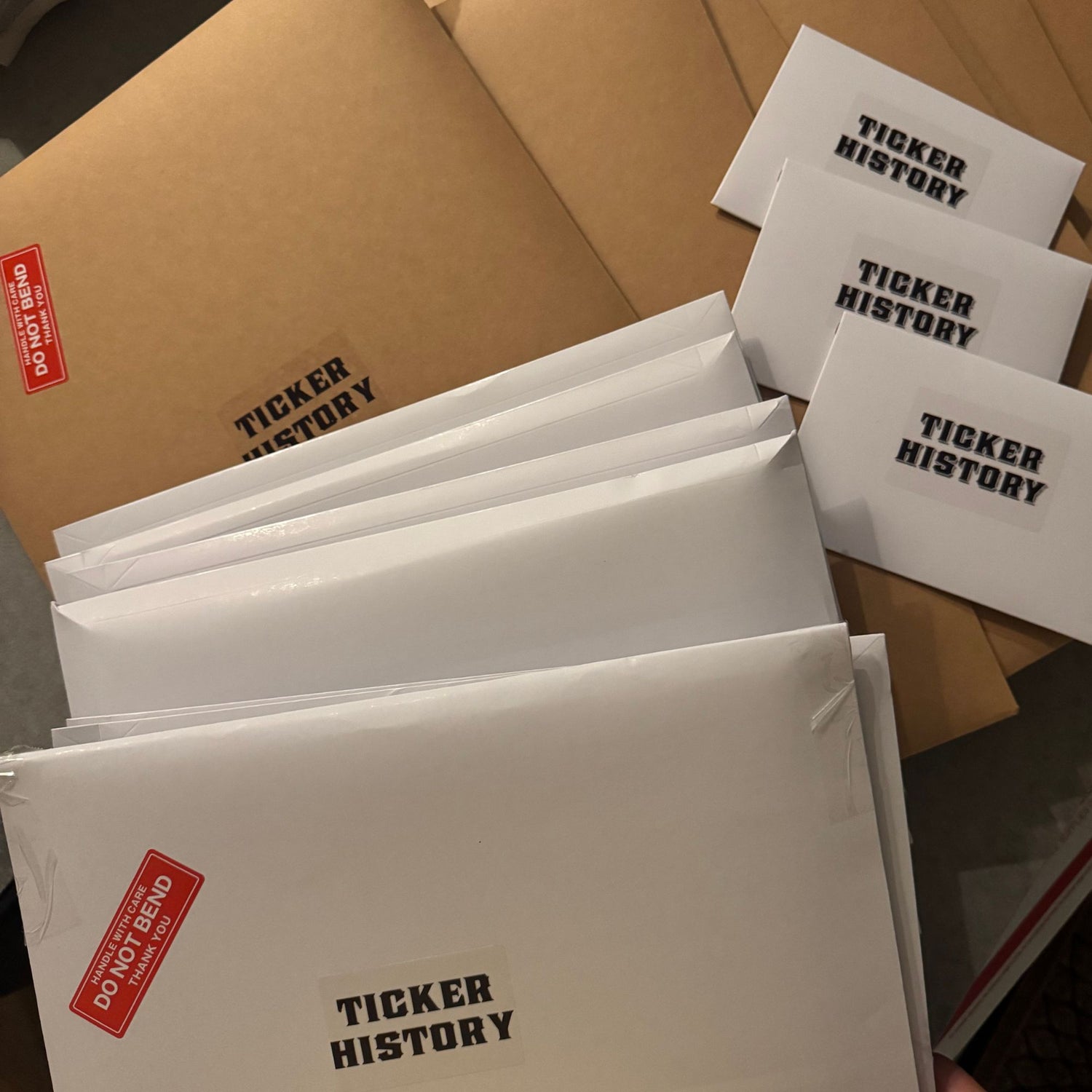
Orders Ship Daily
Direct From Wall Street's Archives
Orders are shipped flat with care, tracked & insured with USPS, in a strong, rigid, protected envelope. Daily fulfillment Monday - Thursday from NYC.
Railroad Stock & Bond Certificate Collectable Bundle Five Pack - 4x Stocks & 1x Bond
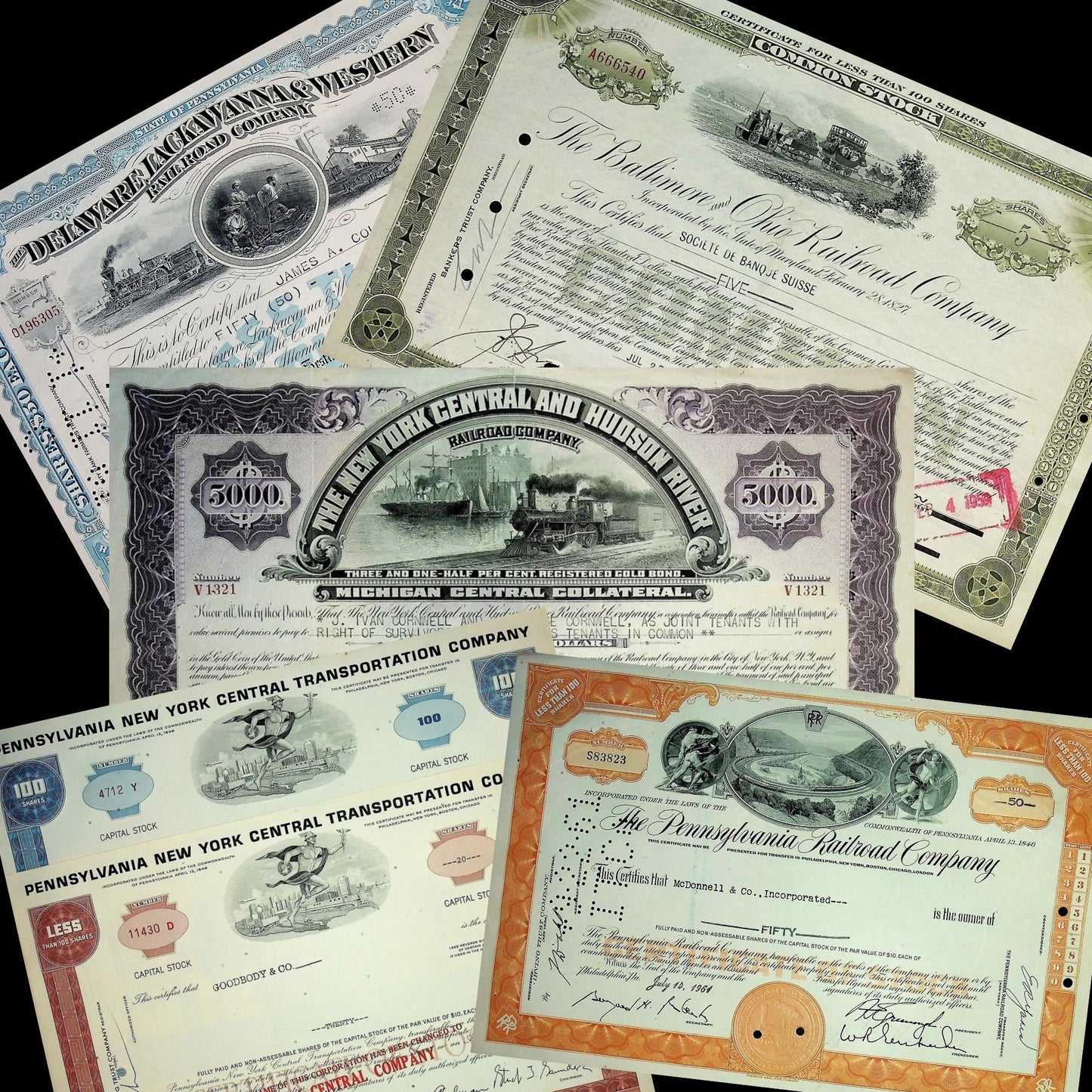
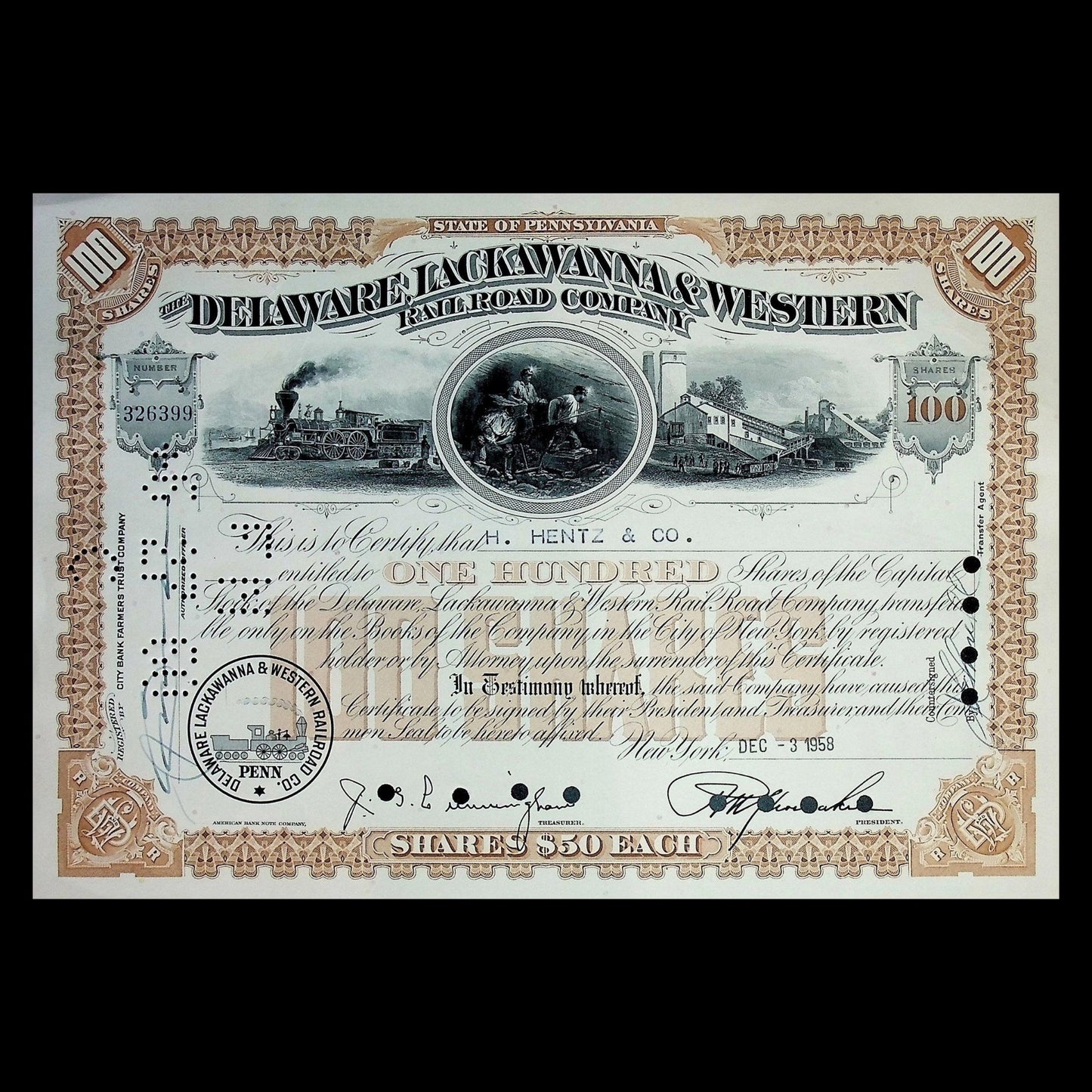
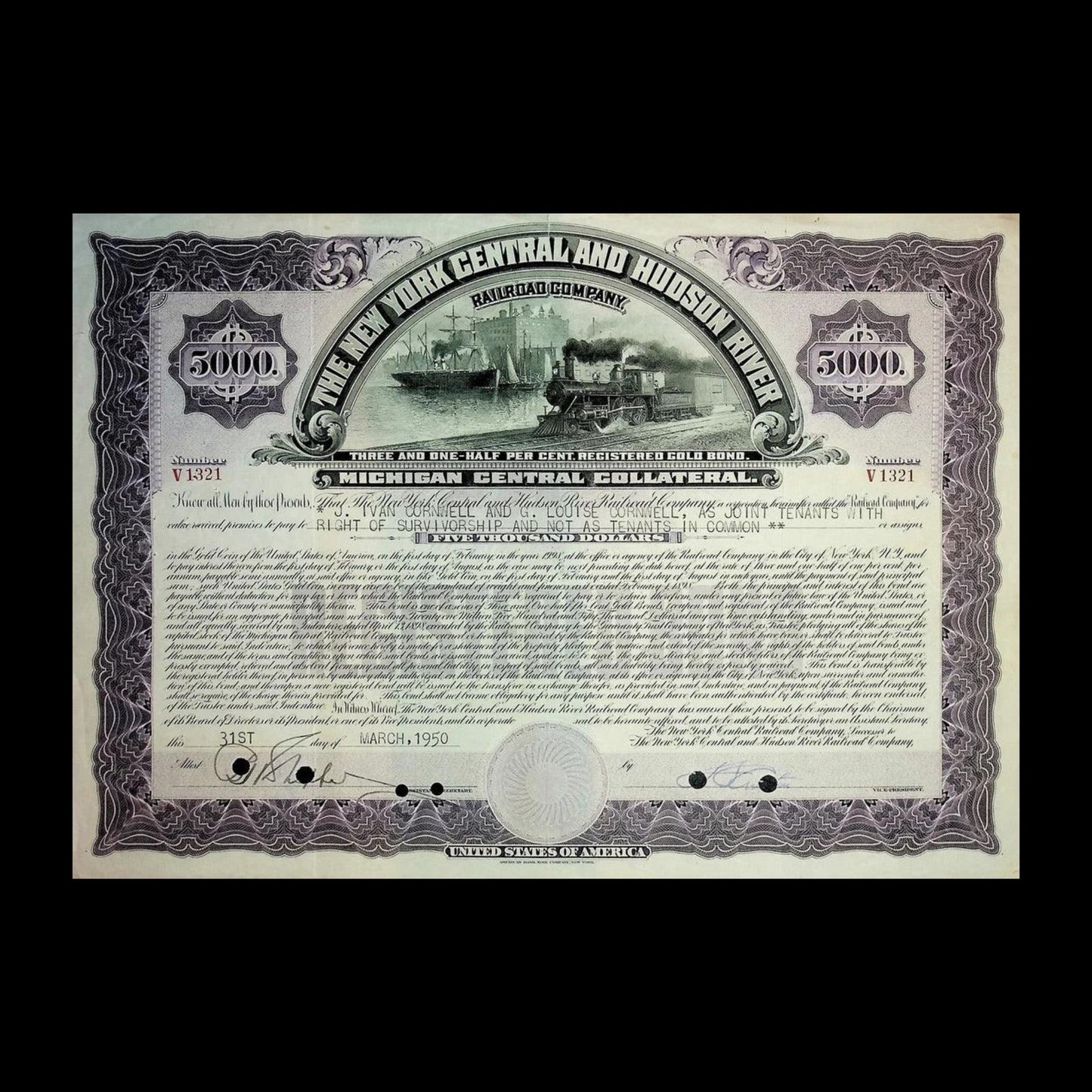

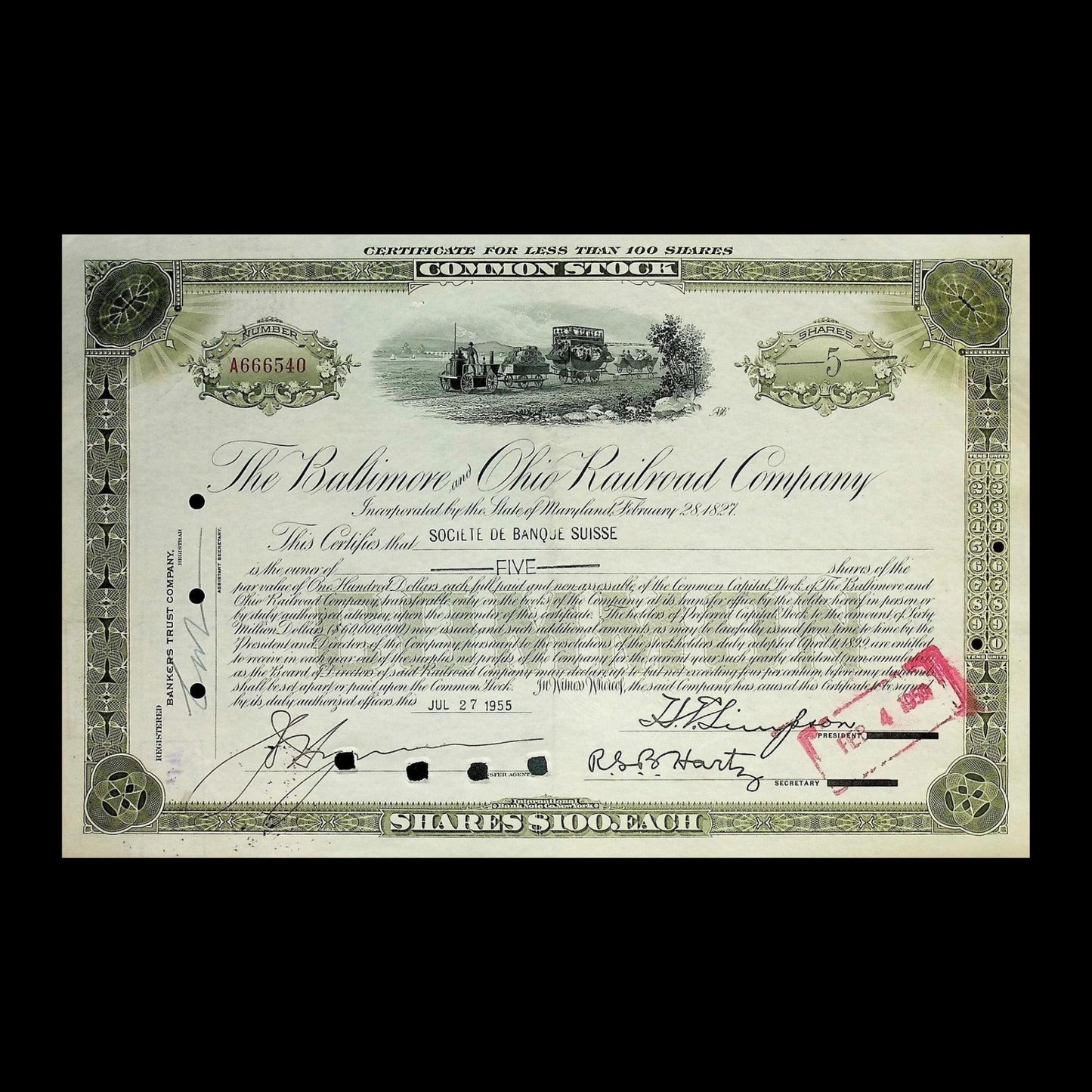
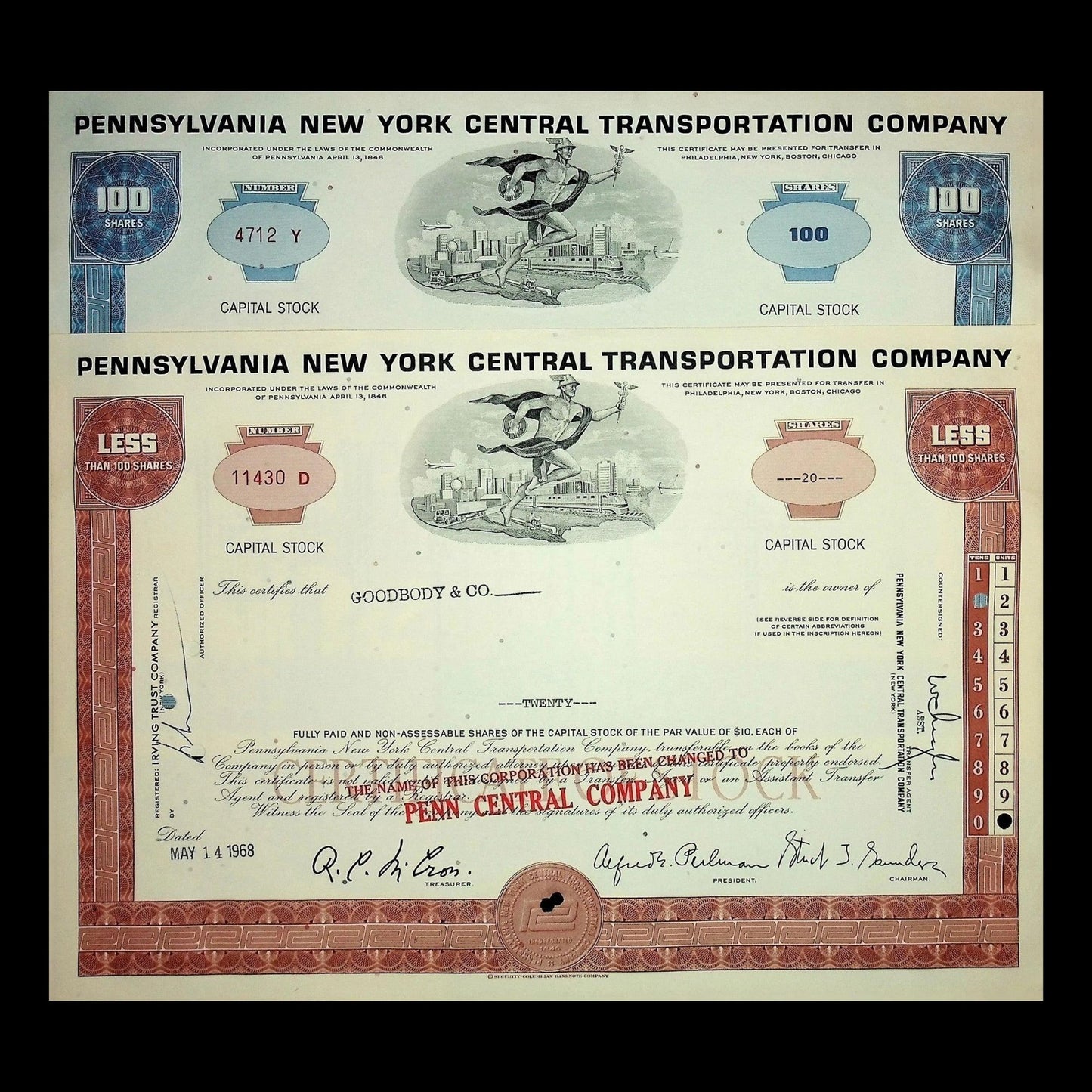
Discover 1,000s of Wall Street Collectables
Explore Our Collections
-

American Classics
Showcasing the evolution of American industry through beautifully engraved certificates from iconic...
-
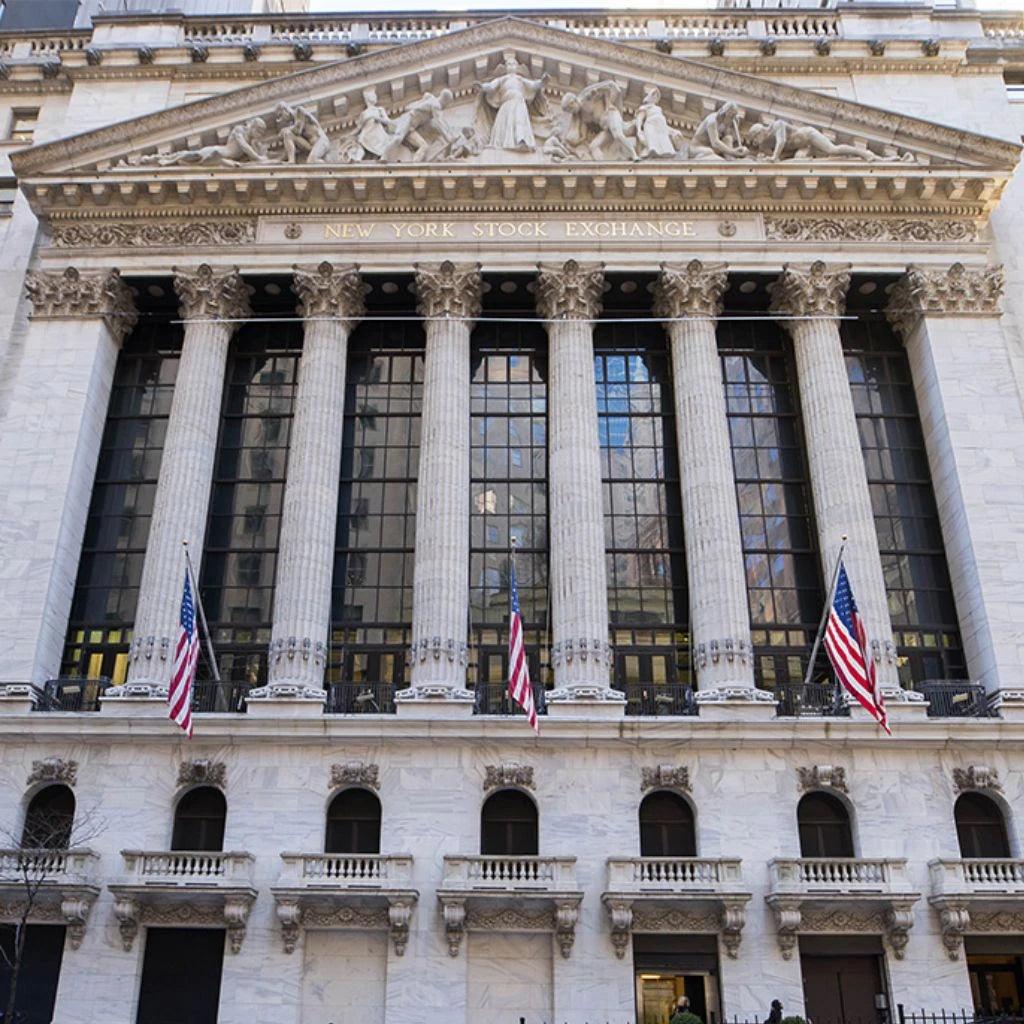
Banks, Insurance & Investment
Discover the rich history of American finance with our collection of authentic...
-
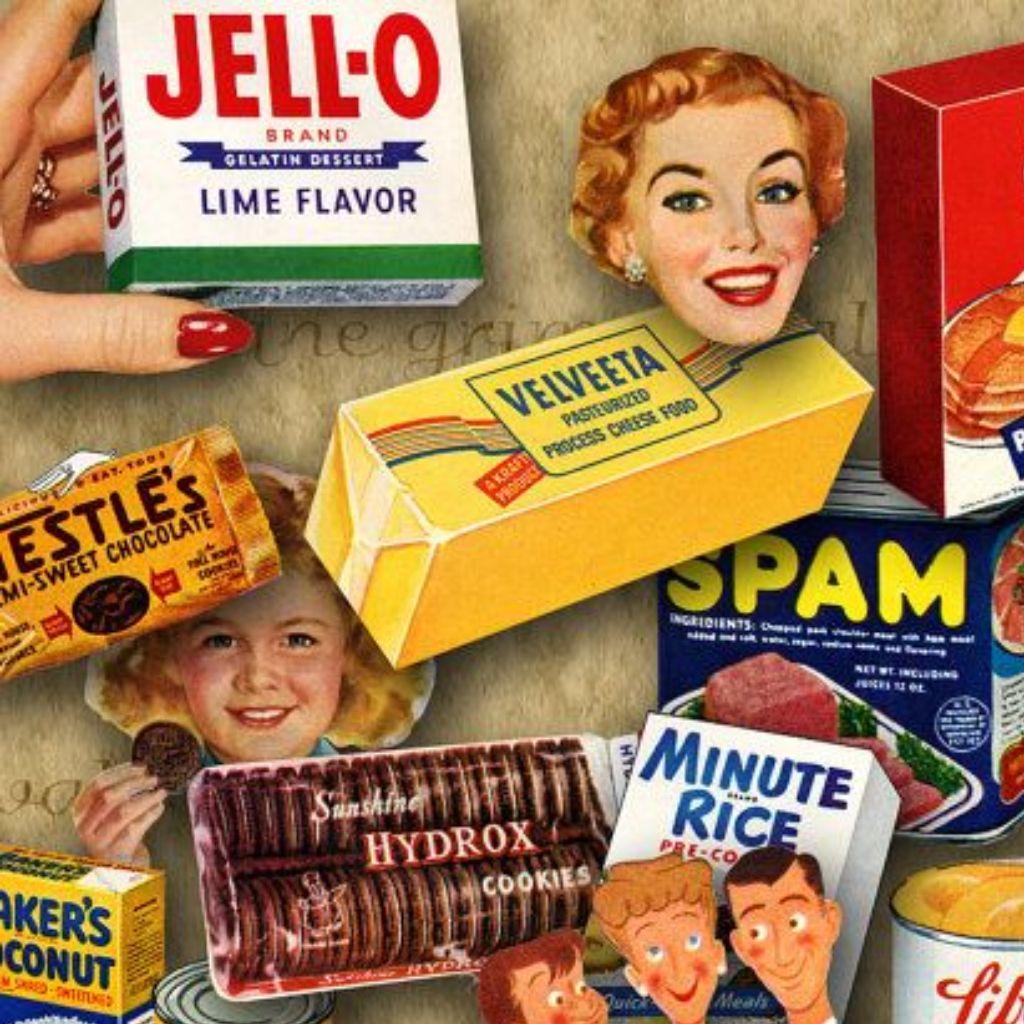
Food & Drink
Collectible Food & Drink Stock & Bond Certificates for Sale - Hershey's, Nabisco,...
-
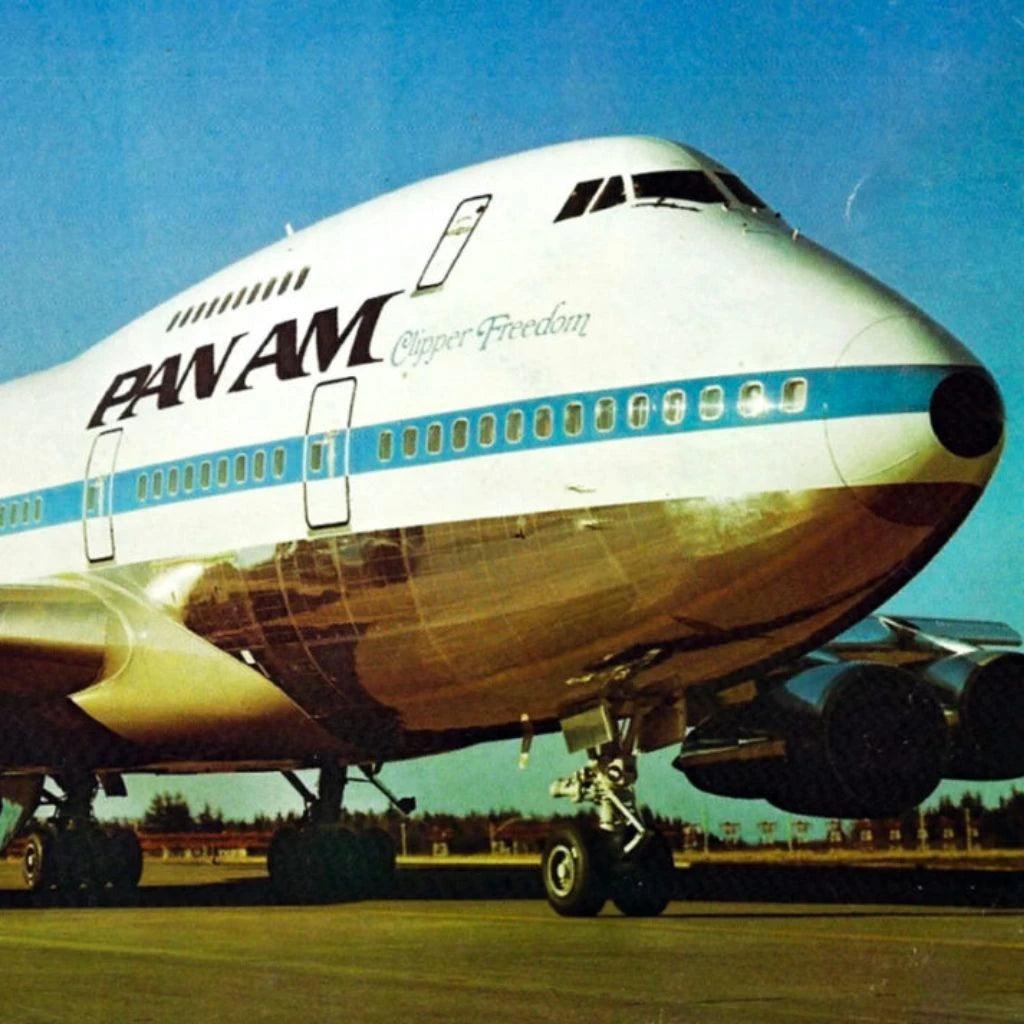
Transportation
Discover our collection of collectable stock and bond certificates for sale from...
-
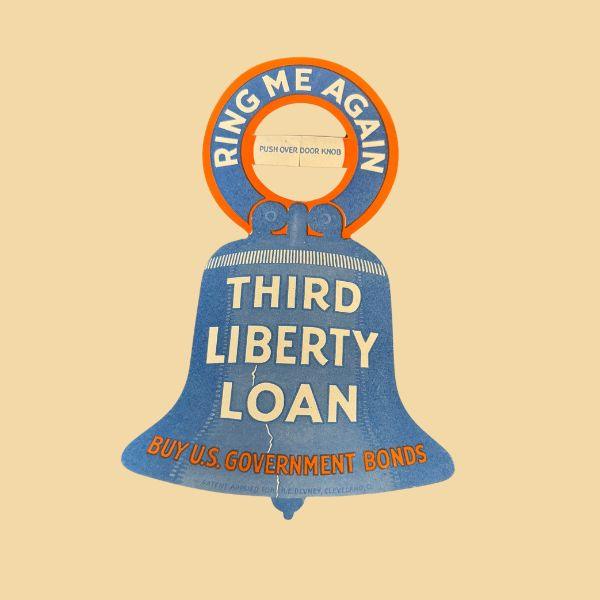
World Wars
Discover our unique collection of World War-era bonds and Disney wartime memorabilia,...
